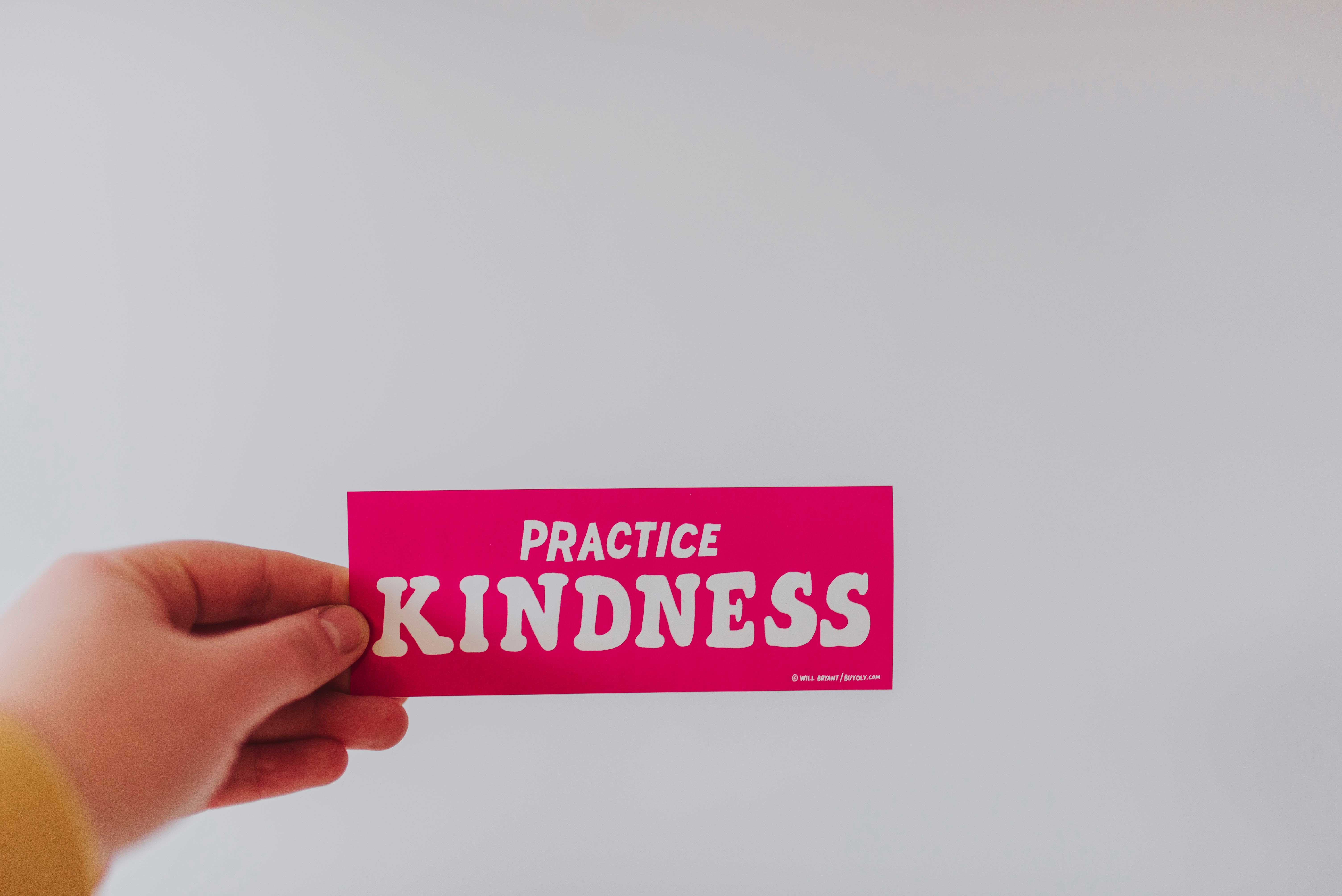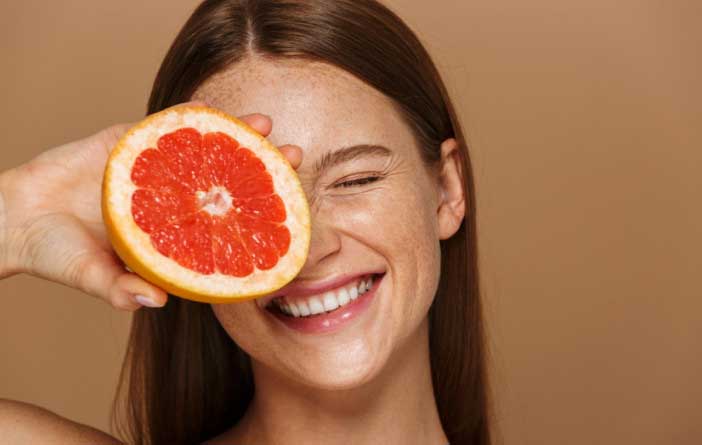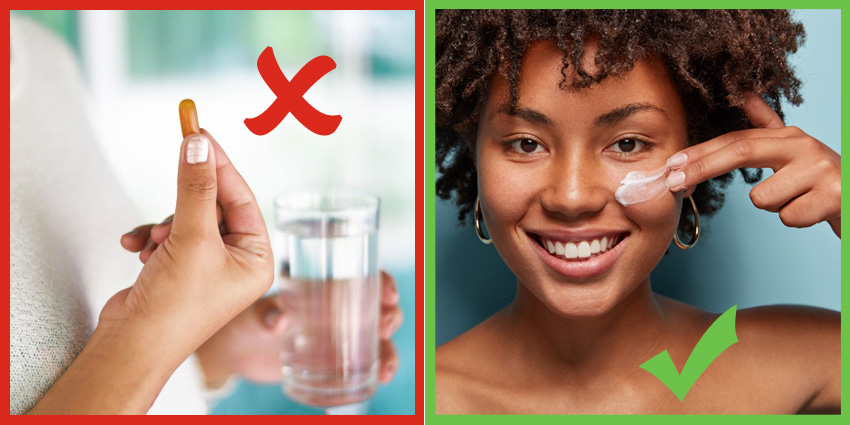Now more than ever, cleanliness should be front and center in our minds. Cleanliness is not only important for reducing the spread of germs, it’s also beneficial for managing breakouts and simply having peace of mind in your environment. Cleanliness-related matters come easier to some, so follow these tips to keep yourself, your face, and your home squeaky clean!
1. Disinfect. It’s a no-brainer to disinfect high-touch surfaces as much as possible. Your favorite surface-appropriate cleanser will do. Here’s a list of things to disinfect regularly that might get forgotten about: phones/devices and keyboards/mice, doorknobs, light switches, refrigerator handles, faucet handles, mailbox handles, home exercise equipment, remotes, keys, banisters, musical instruments, writing utensils, gaming consoles. It’s also a good idea to wash bedding frequently. Phew, that’s a lot. ?

2. Wash Hands. Good hand hygiene is SO important! Without it, you lose a lot of progress from all that disinfecting you just did. Not only is it important to wash your hands frequently, you should also focus on getting a good lather and washing for a full 20 seconds (which is way longer than it seems). To help you get the time right, we’ve created helpful, song-based hand-washing charts for fans of The Office, Friends, Parks and Recreation, and Seinfeld. Or you can make your own here!
3. Don’t Touch Your Face. We get it – it’s a nervous habit. However, your fingers and hands are crawling with germs, bacteria, dirt, and oils. Trust us, you really don’t want those nasties anywhere near your face – or pores! Breaking this habit can be very difficult, but it’s worth the effort. By not touching your face, you can reduce the chances of catching an illness AND reduce breakouts. Win-win!
4. Isolate. It’s a mad, mad world out there. Sometimes it’s best to just hunker down and keep your distance from others. That means extra time for movies, that book you’ve been wanting to read, arts & crafts, and of course home facials! Follow this super easy step-by-step guide to your best at-home facial:



















